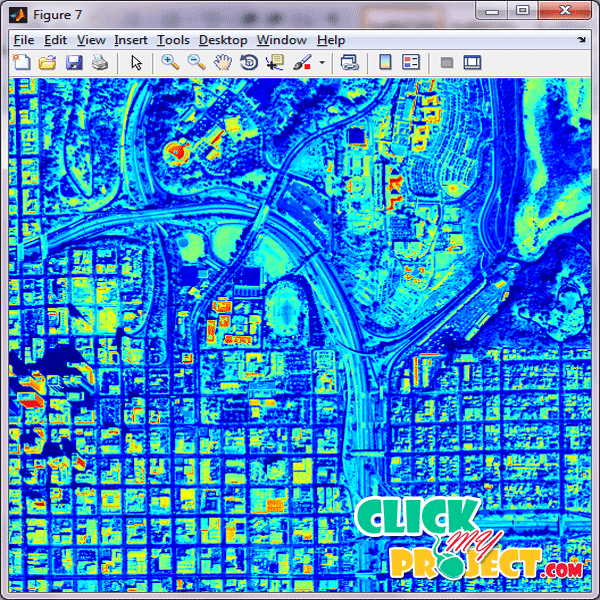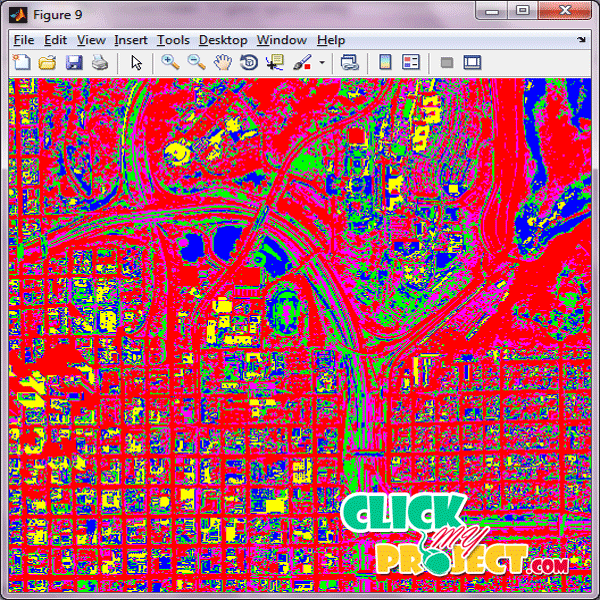Urban feature recognition and extraction from very high resolution multispectral satellite images a micro and macro texture determination and integration framework
Our Price
₹2,500.00
10000 in stock
Support
Ready to Ship
Description
• Here we are proposing a method to classifying the quick bird panchromatic band. • Then GLCM (Gray level co-occurrence matrix) feature extraction will be find for quick bird panchromatic band. • Then DWT(Discrete Wavelet Transform) will be find for quick bird panchromatic band. • Then DWT (Discrete Wavelet Transform) local maxima primitives will be find for two levels in wavelet transformation. • Then GLOM(Gray Level occurrence matrix) of DWT sub bands will be find for DWT local maxima primitives. • Finally it will find for neural network backpropagation classification. • The DWT filters capture the lower and mid-frequency texture information, whereas the GLCM captures the high-frequency textural components, for the same scene features. Besides the commonly used micro-texture (GLCM), the macro-texture (DWT) is modelled here to take care of the contextual information defined as feature edge (size and shape). This edge information is arguably derived from the multi-scale and multidirectional components of the DWT. • From the statistical significance testing of the per-pixel classification accuracy results with the z-score, it was found that the integrated feature sets comprising the Quickbird spectral bands, 3 × 3 mean GLCM and the first level of the vertical-DWT sub-band outperformed all the other tested input primitives, with a z-score value of 2.25. The accuracy results showed that all the three feature primitives were essential in improving the recognition and extraction of tested urban land cover in very-high spatial resolution Quickbird imagery.




